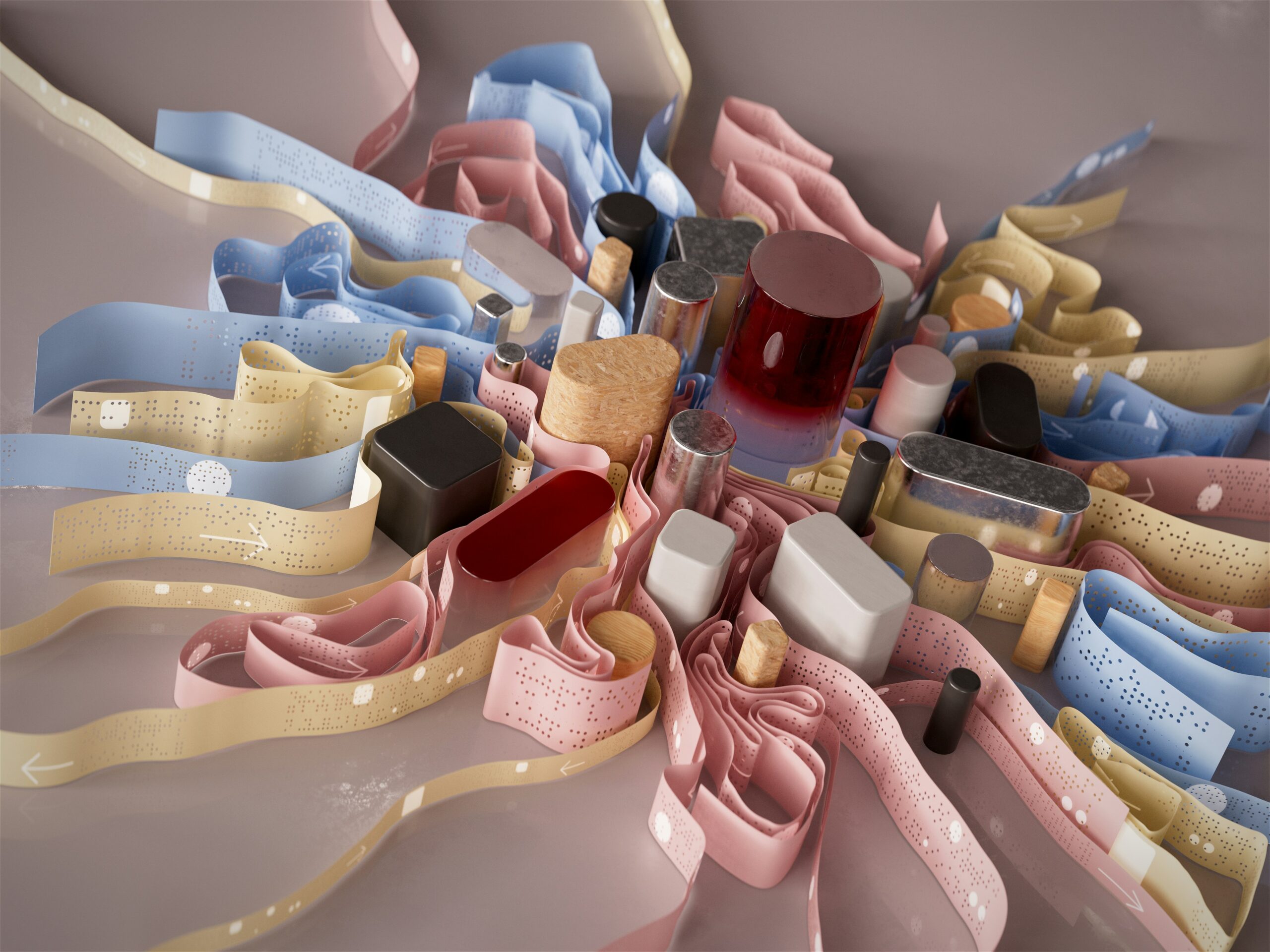Infrastructure
Understanding the Water System in Grand Prairie: Sustainability and Quality Control

“`html
Overview of Grand Prairie’s Water Supply
The water supply system in Grand Prairie is a cornerstone of the city’s infrastructure, ensuring a steady and reliable provision of water for both residential and commercial needs. The primary source of water for Grand Prairie comes from a combination of surface water and aquifer resources. Notably, the city’s water is sourced from the nearby Trinity River, along with several strategically located lakes and reservoirs. These key sources include Joe Pool Lake, Lake Arlington, and Cedar Creek Reservoir, forming a robust network that meets the needs of the community.
The infrastructure facilitating the transport and distribution of water in Grand Prairie is comprehensive and well-maintained. An intricate system of pipes, pumps, and treatment facilities plays a pivotal role in ensuring that water is conveyed efficiently from its source to end-users. These elements are meticulously managed by the city’s water services department to prevent disruptions and maintain quality control.
To bolster the reliability of water delivery, the city has invested in modernizing its distribution systems. Operational pipelines are subject to regular maintenance and upgrades, mitigating the risk of leaks or breaks that could jeopardize the water supply. Additionally, state-of-the-art treatment plants are in place to purify water, abiding by stringent federal and state regulations. This ensures that the water reaching households and businesses is not only plentiful but also safe for consumption.
Strategic management of these water resources underscores Grand Prairie’s commitment to sustainability. By implementing water conservation measures and promoting efficient use, the city not only preserves its vital natural assets but also guarantees the resilience of its water supply system against future challenges. Public awareness campaigns and educational initiatives further reinforce these conservation efforts, encouraging community involvement in safeguarding this critical resource.
Water Treatment Processes in Grand Prairie
Grand Prairie’s water treatment processes are meticulously designed to ensure the delivery of safe and high-quality water to its residents. The journey of water purification in the city begins with initial filtration, where raw water is screened to remove large debris and suspended particles. This preliminary stage is crucial in preparing the water for more sophisticated treatment methods.
Following initial filtration, the water undergoes coagulation and flocculation, where chemicals like aluminum sulfate are added. These chemicals cause smaller particles to clump together into larger aggregates, known as flocs. These flocs are then removed through sedimentation, facilitating the extraction of finer impurities.
Subsequent to sedimentation, the water proceeds to the filtration phase. Here, it passes through granular media filters, typically composed of sand, anthracite, and sometimes activated carbon. This step is essential for eliminating the remaining suspended particles, bacteria, and organic compounds.
Disinfection is a critical stage in Grand Prairie’s water treatment process. Chlorine or chloramines are frequently utilized to kill pathogenic microorganisms, ensuring that the water is microbiologically safe. Some facilities may also employ ultraviolet (UV) light or ozone as additional disinfection methods to enhance the water’s safety profile.
In adherence to regulatory standards, local treatment plants in Grand Prairie comply with guidelines established by the Environmental Protection Agency (EPA) and the Texas Commission on Environmental Quality (TCEQ). These regulations mandate regular testing and monitoring to ensure that the treated water meets all safety and quality benchmarks.
Recent technological advancements have further bolstered Grand Prairie’s water treatment capabilities. The incorporation of advanced membrane filtration technologies, such as reverse osmosis and nanofiltration, has significantly improved the efficiency and effectiveness of contaminant removal. Upgrades to automated monitoring systems allow for real-time tracking of water quality parameters, paving the way for prompt corrective actions when deviations from standard levels are detected.
These comprehensive water treatment processes underscore Grand Prairie’s commitment to delivering safe, clean, and reliable water, ensuring public health and environmental sustainability.
Ensuring Water Quality and Safety
Ensuring the quality and safety of water in Grand Prairie is a multifaceted endeavor that encompasses stringent protocols and comprehensive oversight. The city has implemented rigorous routine testing and monitoring measures designed to detect contaminants or pollutants in our water supply. These measures are critical in maintaining the high standards expected by the community and mandated by both state and federal regulations.
The process starts with regular sampling from various points within the water system. These samples undergo extensive laboratory testing to identify any potential threats to water quality. Parameters tested include chemical, biological, and physical contaminants. This proactive approach helps in the early detection and swift mitigation of any emerging issues, ensuring that the water remains safe for public consumption.
Local health departments in Grand Prairie play a pivotal role in enforcing water safety standards. Working closely with agencies such as the Environmental Protection Agency (EPA) and the Texas Commission on Environmental Quality (TCEQ), these departments oversee compliance with established guidelines. They conduct audits, provide certification, and ensure that any detected infringements are promptly addressed to maintain the integrity of the water supply system.
In the event of a detected issue, Grand Prairie has a series of emergency measures and contingency plans. These include immediate notification of the public, rapid deployment of corrective actions, and collaboration with specialized agencies for containment and remediation. Such preparedness ensures that any potential water quality issues are managed efficiently, minimizing the risk to residents.
Community involvement is another cornerstone of the city’s water quality assurance initiatives. Public education campaigns help residents understand the importance of water conservation and pollution prevention. Community events for water awareness, coupled with public access to water quality reports, foster a culture of shared responsibility and transparency in maintaining water quality.
The city’s commitment to water quality and safety reflects a comprehensive strategy involving routine testing, regulatory compliance, emergency preparedness, and community engagement. These combined efforts ensure that Grand Prairie’s water system remains reliable and safe for everyone.
Water Conservation and Sustainability Efforts
Grand Prairie has implemented a comprehensive suite of initiatives dedicated to water conservation and sustainability, reflecting the city’s commitment to preserving its valuable water resources. Among the key measures are several programs designed to reduce water waste, foster efficient water usage, and safeguard water sources for future generations.
One notable effort is the “Save Water Grand Prairie” campaign, which educates residents on simple yet effective ways to reduce water consumption, such as fixing leaks, using water-efficient appliances, and practicing wise landscaping. The campaign employs various outreach methods, including community workshops, online resources, and informative pamphlets, to spread awareness among all demographic groups.
Furthermore, the city has introduced incentives for employing water-saving technologies. Rebates are available for residents who install low-flow toilets, rain sensors, and smart irrigation systems. Such initiatives not only encourage individual action but also contribute significantly to the overall reduction of water wastage in the community.
In addition to residential programs, Grand Prairie has made strides in recycling and reusing water through several innovative city projects. One such project involves the installation of a state-of-the-art water reclamation facility that treats wastewater to a high standard, making it suitable for non-potable uses like irrigation and industrial processes.
Collaborations with environmental organizations have further bolstered these efforts. By partnering with groups such as the Texas Water Foundation, the city has been able to integrate best practices and leverage additional expertise to safeguard its water resources. These partnerships facilitate a holistic approach, combining public education with practical conservation measures.
Looking to the future, Grand Prairie has laid out an ambitious roadmap for enhancing water sustainability. Plans include expanding the rainwater harvesting initiative and investing in advanced water management technologies. Long-term goals focus on achieving greater water resilience and adaptability in the face of climate variability and population growth, ensuring that Grand Prairie remains a leader in water conservation and sustainability.

-
Fashion2 months ago
These \’90s fashion trends are making a comeback in 2017
-
Entertainment2 months ago
The final 6 \’Game of Thrones\’ episodes might feel like a full season
-
Fashion2 months ago
According to Dior Couture, this taboo fashion accessory is back
-
Entertainment2 months ago
The old and New Edition cast comes together to perform
-
Sports2 months ago
Phillies\’ Aaron Altherr makes mind-boggling barehanded play
-
Sports2 months ago
Steph Curry finally got the contract he deserves from the Warriors
-
Business2 months ago
Uber and Lyft are finally available in all of New York State
-
Entertainment2 months ago
Disney\’s live-action Aladdin finally finds its stars






